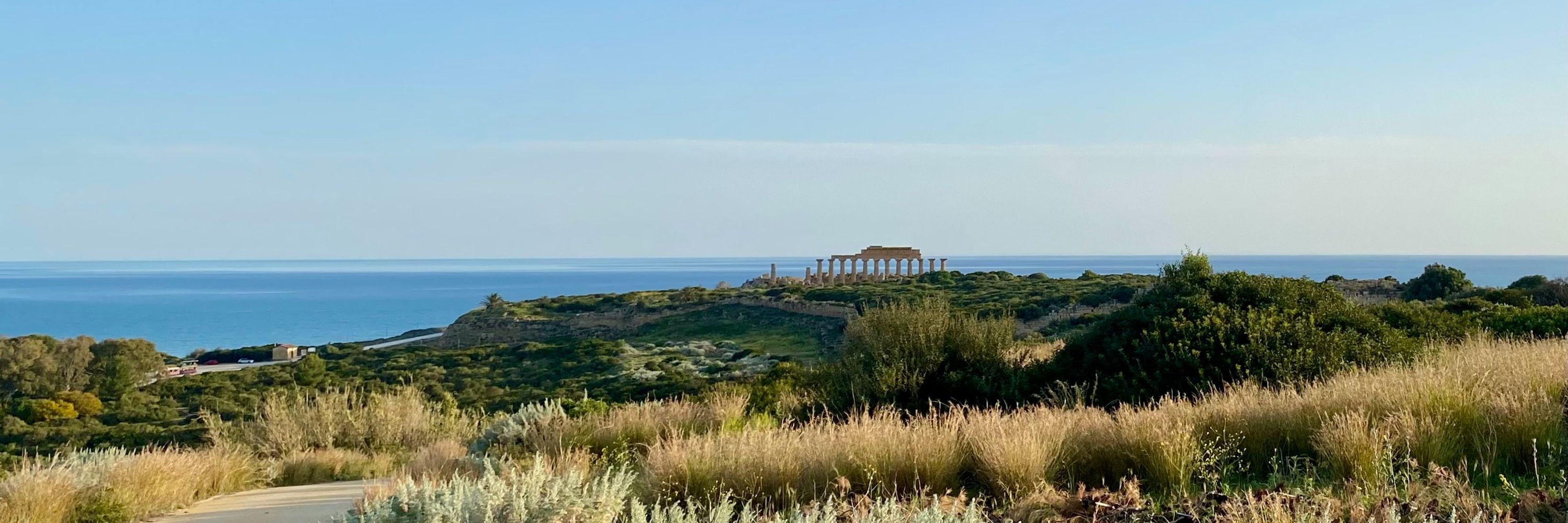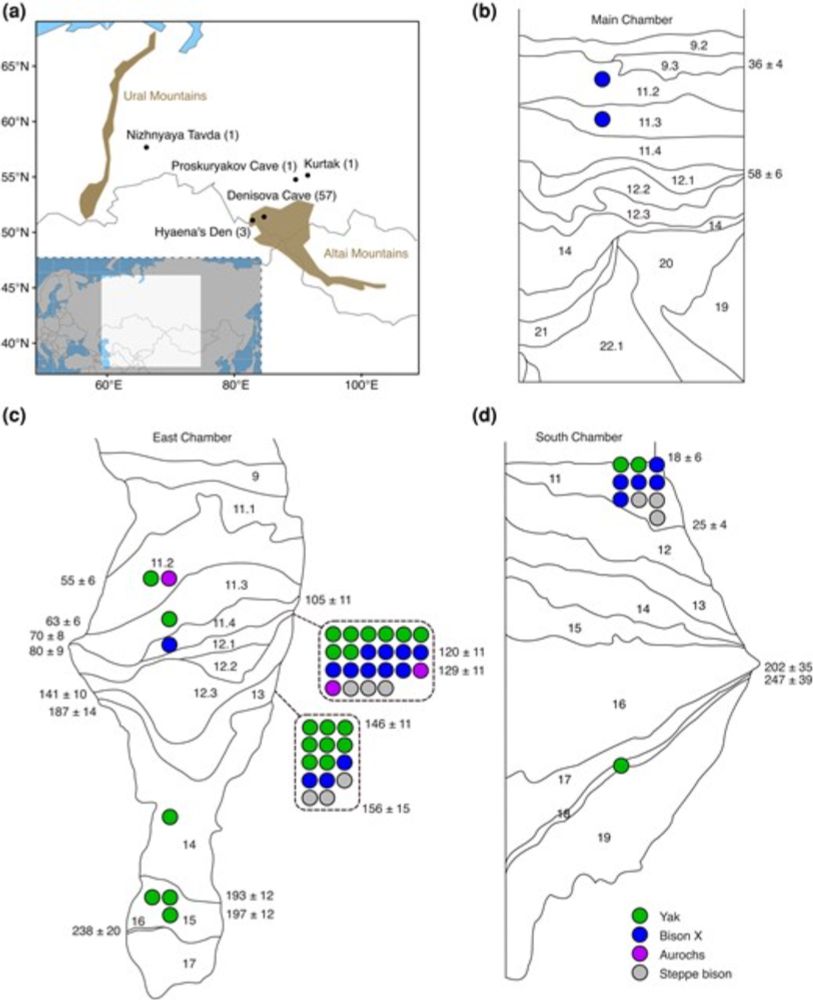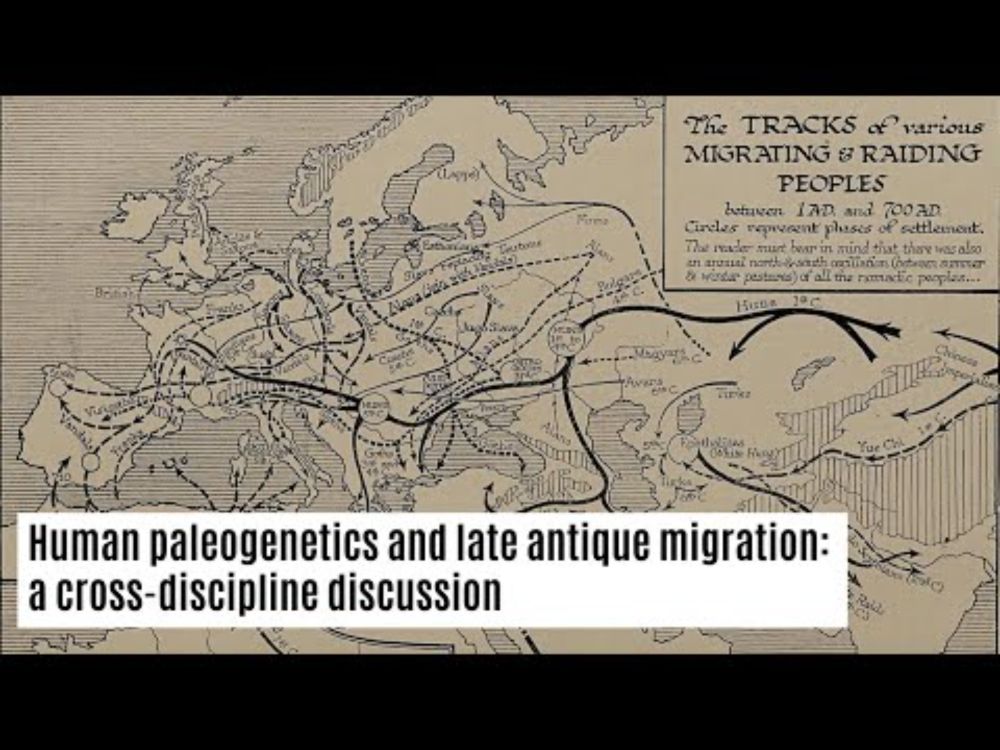
Mobility in the Iron Age and Roman Mediterranean 🏺
Human-Environment Interactions 🌱 🦣
Researcher @cpgsthlm.bsky.social
https://mootspoints.blogspot.com/

We demonstrated the accuracy of imputing ancient canid genomes, looked at inbreeding levels over the past 10,000 years and found genomic regions resistant to ROH which were enriched for immunity and chemosensory genes.
www.pnas.org/doi/10.1073/...

We demonstrated the accuracy of imputing ancient canid genomes, looked at inbreeding levels over the past 10,000 years and found genomic regions resistant to ROH which were enriched for immunity and chemosensory genes.
www.pnas.org/doi/10.1073/...
He Yu, @joel-alves.bsky.social, @gregerlarson.bsky.social, Shu-Jin Luo & colleagues
#CellGenomics

He Yu, @joel-alves.bsky.social, @gregerlarson.bsky.social, Shu-Jin Luo & colleagues
#CellGenomics

Abstract submission for #ICP2026 closes on November 30th❗
Don't miss the opportunity to showcase your exciting ancient DNA research next summer 🦴🦣🐕👨🔬🧬
Abstract submission and more info here 👉 icp2026.palaeogenomics.org
We are looking forward to welcoming you to beautiful Stockholm!


Abstract submission for #ICP2026 closes on November 30th❗
Don't miss the opportunity to showcase your exciting ancient DNA research next summer 🦴🦣🐕👨🔬🧬
Abstract submission and more info here 👉 icp2026.palaeogenomics.org
We are looking forward to welcoming you to beautiful Stockholm!


#aDNA

#aDNA

Our latest in @pnas.org uncovers a surprise three to five thousand years ago: 2 canids in human contexts on a tiny island in the middle of the Baltic Sea, that ate marine food—but had 100% gray wolf ancestry.
Where they tame wolves, or even an incipient domestication?


Unless you find them on a small island where no wolves would survive on their own, eating things wolves normally don’t eat.
Such as here:
www.pnas.org/doi/10.1073/...

Unless you find them on a small island where no wolves would survive on their own, eating things wolves normally don’t eat.
Such as here:
www.pnas.org/doi/10.1073/...
We used ancient DNA and dietary isotopes to show that landscape modification and the introduction of European dogs impacted dingo populations across Australia.
🔗 Full paper here: www.pnas.org/doi/10.1073/...

We used ancient DNA and dietary isotopes to show that landscape modification and the introduction of European dogs impacted dingo populations across Australia.
🔗 Full paper here: www.pnas.org/doi/10.1073/...
For a sneak peek, go to: www.archaeoadwine.it 🍇 🍷

For a sneak peek, go to: www.archaeoadwine.it 🍇 🍷

It would have meant so much to David Graeber, as it does to me
sarweb.org/awards/j-i-s...
It would have meant so much to David Graeber, as it does to me
sarweb.org/awards/j-i-s...
A Social Archaeology of Kinship in Iberia and Beyond.
edited by Antonio Blanco-González & Eva Alarcón-García
📚 Read online for free or purchase your own volume at www.sidestone.com/books/a-soci...
#archaeogenetics #ancientDNA

A Social Archaeology of Kinship in Iberia and Beyond.
edited by Antonio Blanco-González & Eva Alarcón-García
📚 Read online for free or purchase your own volume at www.sidestone.com/books/a-soci...
#archaeogenetics #ancientDNA
youtu.be/s2fEaglzsR0

youtu.be/s2fEaglzsR0
Main findings in the 🧵 below ⬇️
@cpgsthlm.bsky.social @genomebiolevol.bsky.social #aDNA

Main findings in the 🧵 below ⬇️
@cpgsthlm.bsky.social @genomebiolevol.bsky.social #aDNA
Here's my resource page: smitinathan.com/first-lego-l...
It includes:
▶️ Curated #archaeology YouTube videos
▶️ Resources made by archaeologists for #FirstLegoLeague
▶️ Guidance on how to chat with a real archaeologist

Here's my resource page: smitinathan.com/first-lego-l...
It includes:
▶️ Curated #archaeology YouTube videos
▶️ Resources made by archaeologists for #FirstLegoLeague
▶️ Guidance on how to chat with a real archaeologist







